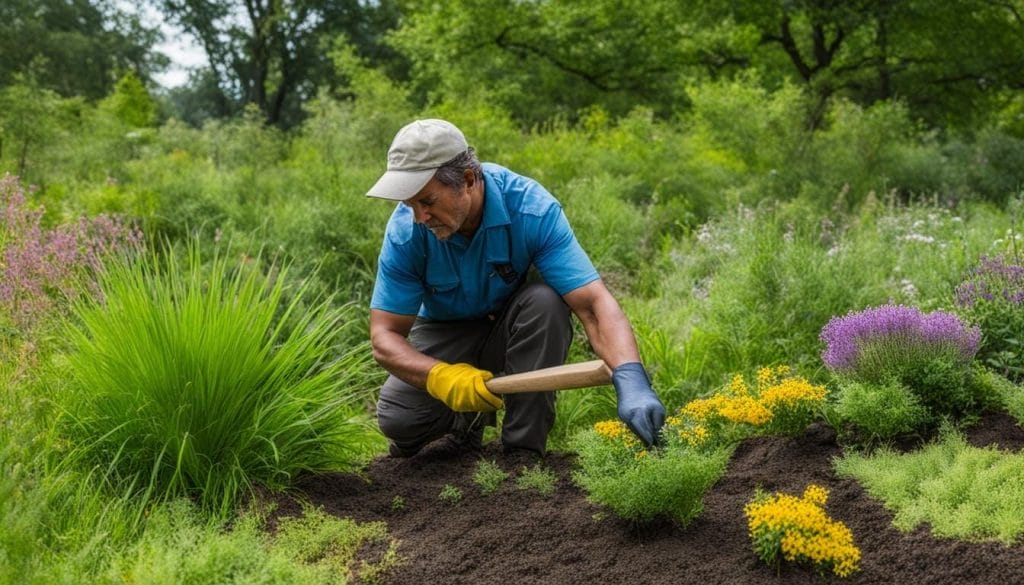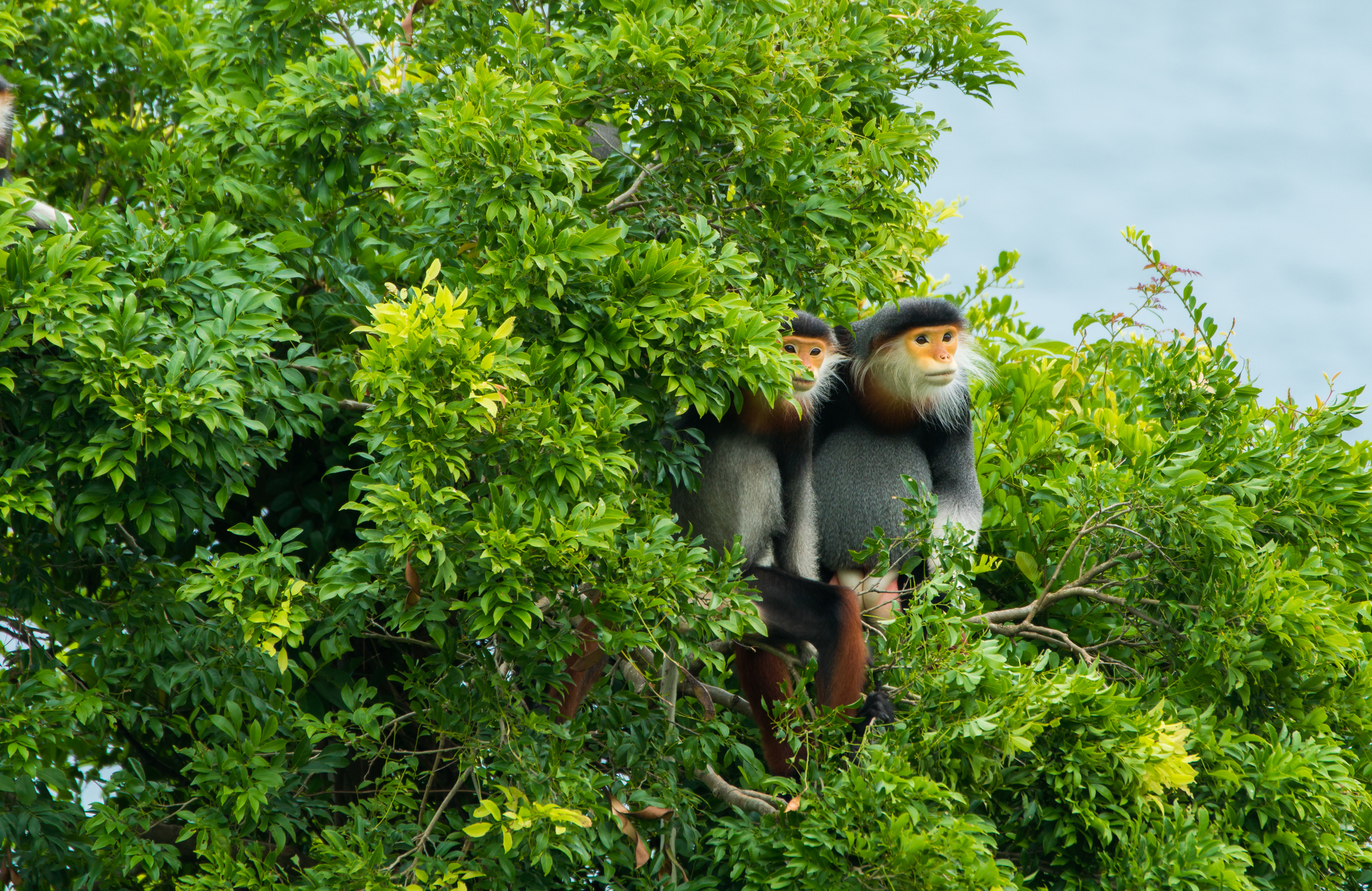How To: Native Plants for Wildlife-Friendly Gardens

Imagine stepping into a garden teeming with life—butterflies fluttering, birds chirping, and bees buzzing. This isn't a scene from a fairy tale; it's the reality of a wildlife-friendly garden. By incorporating native plants, you can transform your outdoor space into a thriving ecosystem that supports local wildlife and promotes biodiversity. Let's dive into the world of native flora and discover how to create a wildlife habitat that's both beautiful and eco-friendly.
Understanding Native Plants
Native plants are those that have evolved naturally in a particular region over thousands of years. They are perfectly adapted to the local climate, soil, and wildlife, making them an essential component of any wildlife-friendly garden. These plants provide food, shelter, and nesting sites for a variety of creatures, from insects to mammals.
Why Choose Native Plants?
Native plants offer numerous benefits for both your garden and the environment. They require less water and maintenance than non-native species, making them a sustainable choice. Additionally, they support local pollinators and contribute to the health of the ecosystem. By planting native flora, you're not just beautifying your garden; you're playing a crucial role in preserving the natural world.
Creating a Wildlife Habitat
To create a wildlife-friendly garden, you need to provide the essential elements that wildlife requires: food, water, shelter, and places to raise young. Here's how you can achieve this with native plants.
Food Sources
Native plants provide a rich source of food for wildlife. Flowers attract pollinators like bees and butterflies, while fruits and seeds feed birds and small mammals. Consider planting a variety of native species that offer food throughout the year. For example, milkweed is a vital food source for monarch butterflies, and coneflowers attract a wide range of pollinators.
Water Sources
Water is essential for all forms of life. Adding a birdbath, pond, or even a shallow dish of water can attract a variety of wildlife to your garden. Ensure that the water source is clean and accessible to different species.
Shelter and Nesting Sites
Native plants provide natural shelter and nesting sites for wildlife. Trees and shrubs offer cover from predators, while dense foliage and hollow stems provide nesting materials. Consider planting a mix of evergreen and deciduous plants to provide year-round shelter.
Designing Your Pollinator Garden
A pollinator garden is designed to attract and support pollinators like bees, butterflies, and hummingbirds. Here are some tips for creating a pollinator-friendly space.
Choose the Right Plants
Select a variety of native plants that bloom at different times of the year. This ensures a continuous food source for pollinators. Some popular choices include wildflowers, native grasses, and flowering shrubs.
Plant in Clusters
Pollinators are more likely to visit gardens with large clusters of flowers. Plant your native species in groups to create a visual and olfactory feast for pollinators.
Avoid Pesticides
Pesticides can be harmful to pollinators and other wildlife. Opt for organic gardening methods to keep your garden healthy and safe for all creatures.
Eco-Friendly Gardening Practices
Eco-friendly gardening is about more than just planting native species. It's about creating a sustainable and biodiverse landscape that supports the entire ecosystem. Here are some practices to consider.
Composting
Composting is a great way to reduce waste and enrich your soil. Use compost to nourish your native plants and promote healthy growth.
Water Conservation
Native plants are often drought-tolerant, but you can still take steps to conserve water. Use rain barrels to collect water for your garden and practice efficient watering techniques.
Wildlife-Friendly Landscaping
Incorporate elements like rock piles, brush piles, and dead trees into your garden. These features provide additional habitat for wildlife and contribute to the overall biodiversity of your space.
Conclusion
Creating a wildlife-friendly garden with native plants is a rewarding experience. Not only do you get to enjoy a beautiful and thriving outdoor space, but you also play a vital role in supporting local wildlife and preserving the natural world. By choosing native flora, providing essential elements for wildlife, and practicing eco-friendly gardening, you can transform your garden into a haven for all creatures.
FAQs
What are the benefits of planting native plants? Native plants are adapted to the local climate and soil, requiring less water and maintenance. They support local wildlife, promote biodiversity, and contribute to a healthy ecosystem.
How can I attract pollinators to my garden? Plant a variety of native flowers that bloom at different times of the year. Avoid pesticides and plant in clusters to create a welcoming environment for pollinators.
What are some common native plants for wildlife-friendly gardens? Common native plants include milkweed, coneflowers, wildflowers, and native grasses. These plants provide food, shelter, and nesting sites for a variety of wildlife.
How can I conserve water in my garden? Choose drought-tolerant native plants, use rain barrels to collect water, and practice efficient watering techniques to conserve water in your garden.
What are some eco-friendly gardening practices? Eco-friendly gardening practices include composting, avoiding pesticides, and incorporating wildlife-friendly landscaping elements like rock piles and brush piles.


0 Response to "How To: Native Plants for Wildlife-Friendly Gardens"
Post a Comment